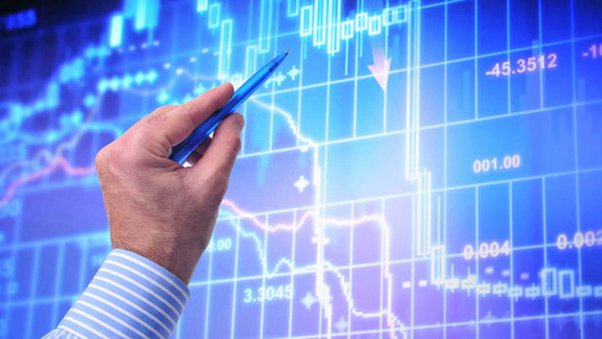
The Trading goods on exchanges, such as the Chicago Mercantile Exchange (CME), New York Mercantile Exchange (NYMEX), and London Metal Exchange (LME), offers an opportunity for traders to speculate prices. Commodities are mass-produced resources or products gathered/manufactured with standardized quality & quantity levels ensuring fair pricing across all market participants.
is a great way to diversify portfolios and earn higher returns. It allows producers and consumers alike the opportunity to buy, sell, or trade raw materials & primary goods such as grain, gold, meat, oil & natural gas in an entirely centralized market. Financial derivatives can also be used for hedging future output/demand if necessary. With more accessible options than ever – including foreign currencies & indices – commodities present lucrative investments with lower risks than other financial assets.
The global trade of commodities is a complex system, subject to the forces of supply-side volatility and politically motivated restrictions. Before the WTO’s inception, countries were often cut off from one another due to conflict or barriers erected at port destinations. Due to their authority over nearly all world markets, physical commerce has become more streamlined despite challenges, such as transport shortages and fluctuating financing rates.
Moreover, Innovative financial minds developed new strategies for trading, including futures contracts to offer buyers and sellers increased flexibility over long periods of time. The Chicago Board of Trade (CBOT) is widely respected as the pioneer in enabling successful standardized commodity trades across America.
Commodities are regularly exchanged via futures contracts on exchanges, which define the amount and quality of the product being traded. For instance, the Chicago Board of Trade (CBOT) outlines that a wheat contract is equivalent to 5,000 bushels and specifies eligible grades. Two main groups operate in this market: commodity buyers/sellers who use futures contracts as hedging protection; speculators who aim to benefit from volatile price shifts. These markets offer high liquidity with consistent daily volatility – making them suitable for intraday traders – while index futures protect against risk by brokerages & portfolio managers alike; certain commodities may even be used as investment vehicles.
Commodities offer a valuable asset to any portfolio, as they are natural resources for creating completed products. These goods differ little between producers and represent an essential part of effective portfolio diversification.
Innam Dustgir's journey from freelancing to becoming the CEO of three highly successful IT companies…
California has a big vision for the future of clean energy. This year, renewable energy…
The loss of a tooth can affect more than just your smile—it can impede on…
Imagine a young mother of two suddenly loses her husband in a tragic accident. The…
California, known for its diverse economy and thriving tech industry, is a hotbed for innovation.…
As a violinist, I can't stress enough how crucial a top-notch case is in the…